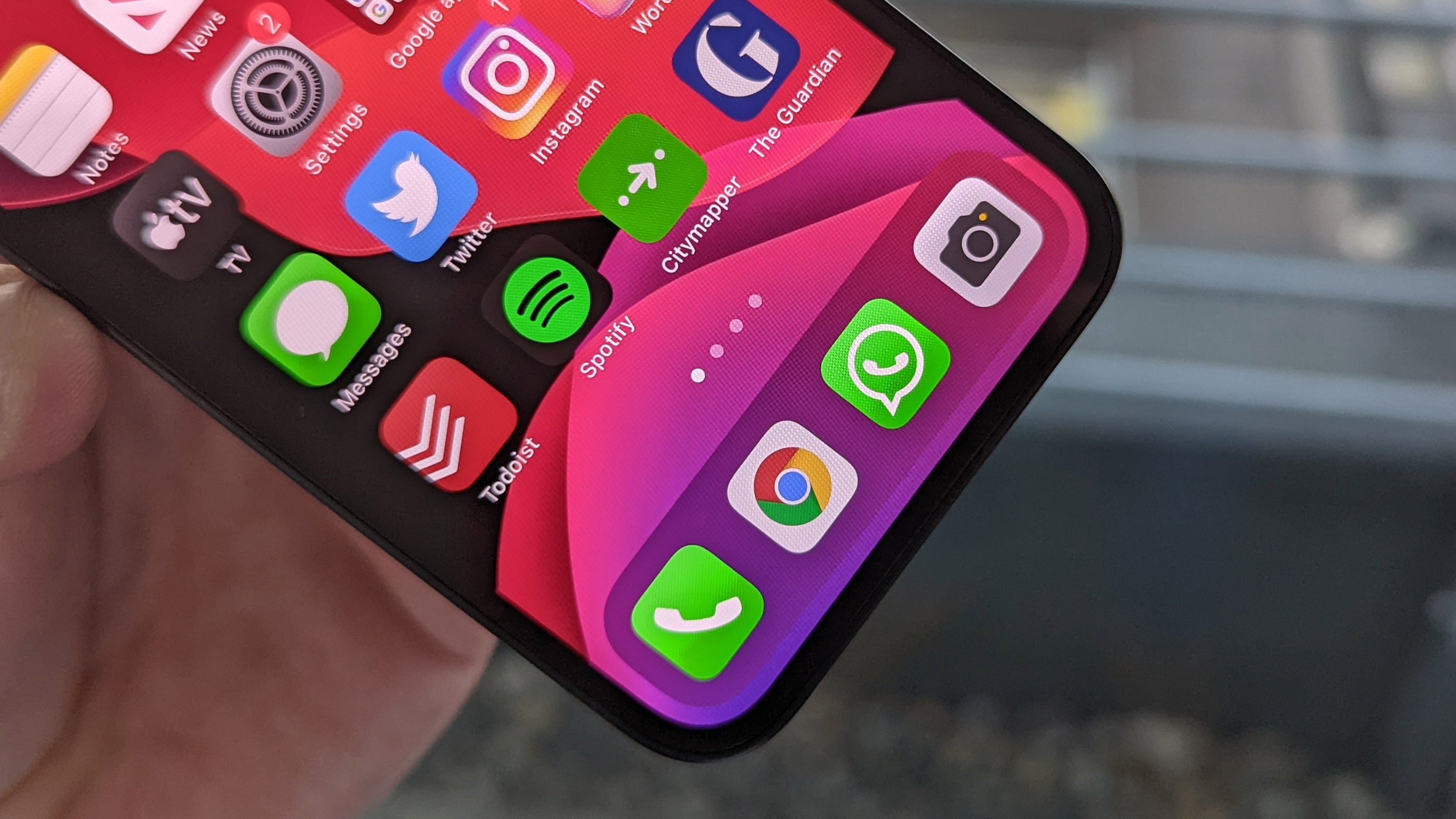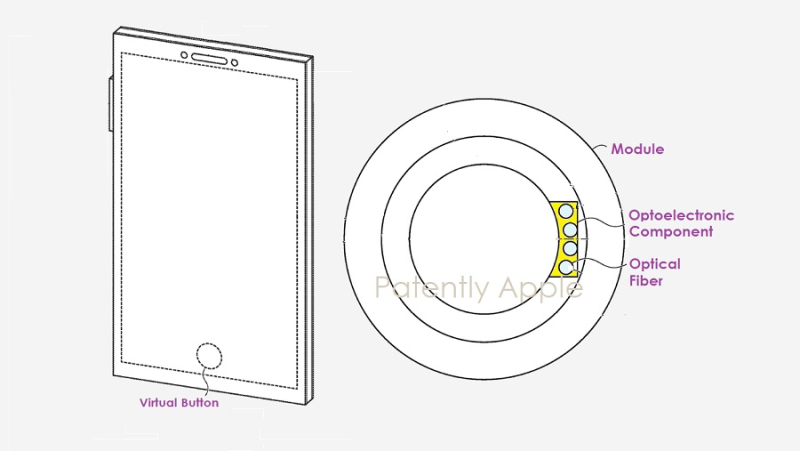iPhone 14 is unlikely to have in-display Touch ID... but the iPhone 15 might
Progress through patents

Will Apple ever equip one of its iPhones with an under-display fingerprint scanner? That’s a question that’s been asked a lot, and one which so far sources have disagreed on. But now there’s more evidence in favor of it happening, as Apple has just been granted a related patent - though don't expect it on the iPhone 14.
The patent – spotted by Patently Apple - is for under-display optical fibers, which could be used to accurately capture fingerprint data.
Apple’s method appears designed to deliver lower optical transmission losses than other solutions, which could mean its fingerprint scanning would be faster and more accurate. But the details of the patent are less interesting than the fact that Apple has patented this tech at all, as it suggests under-display Touch ID actually could be in the works.

There are a couple of caveats though. First off, plenty of things get patented and many of them never see the light of day in products, so just because Apple is exploring an idea, it doesn’t mean we’ll see it happen.
Certainly, we wouldn’t expect under-display Touch ID on the iPhone 14 range, as there isn’t much sign of that yet – though one early leak did point in that direction. But it’s possible we could see it on the iPhone 15 or beyond.
The other caveat is that while the focus of this patent appears to be fingerprint scanning, the tech also mentions facial recognition applications, so in other words it could allow for under-display Face ID, which is something there’s much more evidence that Apple is working on.
So we could see that instead (or as well), but given that leaked images show visible Face ID components on the iPhone 14 range, that too is likely over a year away.
Get daily insight, inspiration and deals in your inbox
Sign up for breaking news, reviews, opinion, top tech deals, and more.
Analysis: Touch ID would be good, but probably won’t happen
While there’s been talk over the years that Apple is working on under-display Touch ID, the most recent leaks suggest this won’t happen. So while this patent provides some hope of a Touch ID future, the bulk of the evidence is still against it.
That’s a slight shame, as there are situations where Face ID just isn’t as good, for example when you want to unlock your phone without angling it in front of your face.
Still, those occasions are likely to be rare for most people, and now that Face ID works even with a mask on, there are few major drawbacks to the system, so while the option of Touch ID would be appreciated, it’s far from essential, and is unlikely therefore to be a focus for Apple.
- Want the latest Apple news and rumors? Sign up for our newsletter
James is a freelance phones, tablets and wearables writer and sub-editor at TechRadar. He has a love for everything ‘smart’, from watches to lights, and can often be found arguing with AI assistants or drowning in the latest apps. James also contributes to 3G.co.uk, 4G.co.uk and 5G.co.uk and has written for T3, Digital Camera World, Clarity Media and others, with work on the web, in print and on TV.